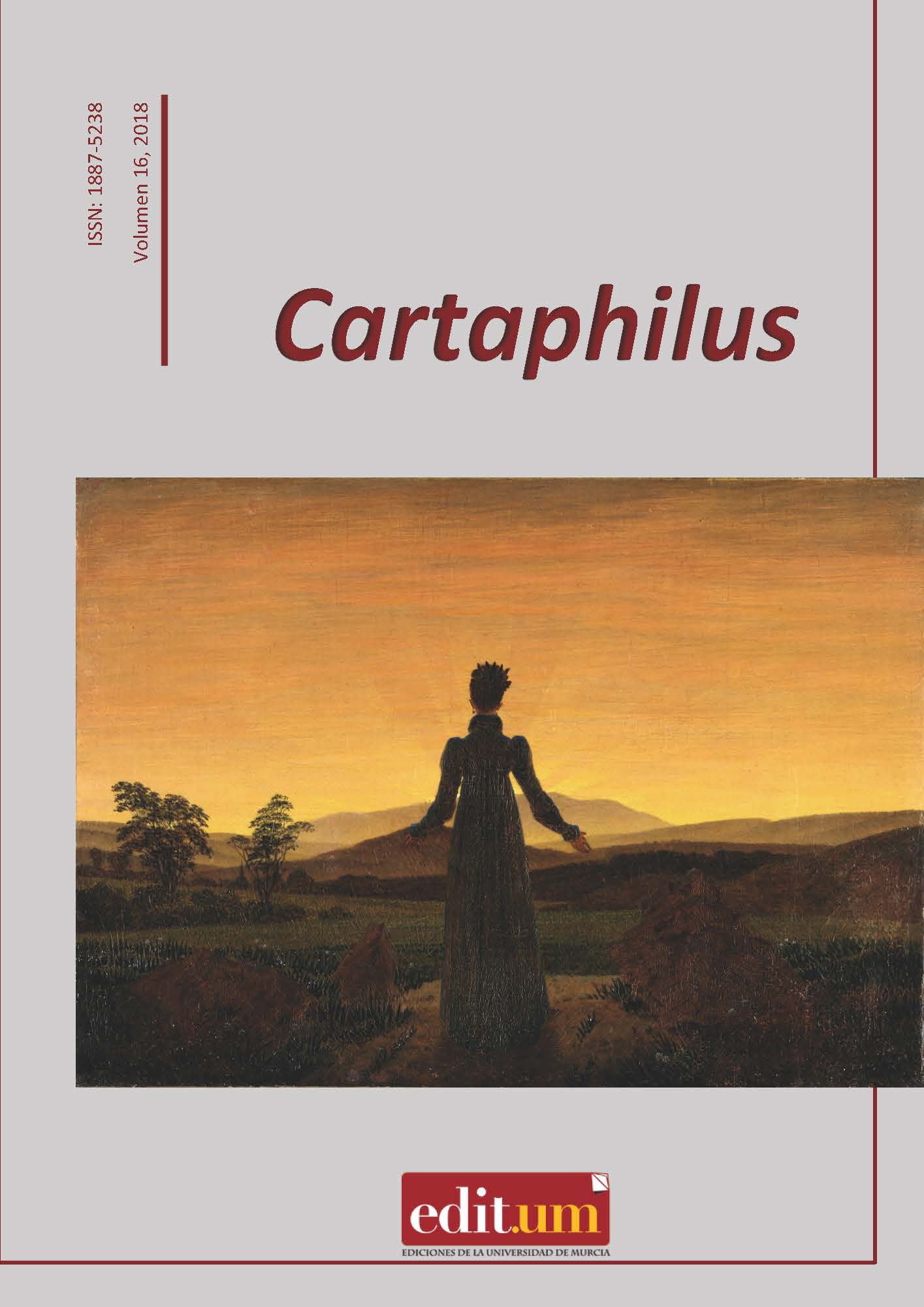“TELESHAKESPEREAN” MODELS. THE DILEMMA OF LITERARY QUALITY IN TELEVISED FICTION
Abstract
This paper holds that the narrative values assumed by the audio-visual culture have broadened the semiological horizons of televised fiction. The transition of fictional resources from one field to another has optimised the serial narrative and augmented its reputation, allowing for the reflection on its new status over the following pages. To this end, a heterogeneous corpus of television series has been selected randomly but not exhaustively. This enables consideration of the new codes and narrative mechanisms which have promoted the rise of the television series, its increase in value and its place at the epicentre of a new chapter of the classic cultural debate; namely whether it signifies the beginning of an apocalyptic end to culture or can be integrated and ultimately accepted.
Downloads
-
Abstract365
-
pdf (Español (España))213
References
BAUDRILLARD, J. (2012): El complot del arte. Buenos Aires-Madrid: Amorrortu. CARRIÓN, J. (2011): Teleshakespeare. Madrid: Errata Naturae.
BAUDRILLARD, J. (2014): “Literatura expandida”. El País. Recuperado de https://elpais.com/cultura/2014/09/11/babelia/1410439160_248507.ht ml
ECO, U. (2016): Apocalípticos e integrados. Barcelona: Debolsillo.
FERNÁNDEZ PORTA, E. (2010): Afterpop. La literatura de la implosión mediática.Barcelona: Anagrama.
MCLUHAN, M. (1996): Comprender los medios de comunicación. Las extensiones del ser humano. Barcelona: Paidós.
MORA, V. L. (2015): “Por qué llamar a las series arte cuando quieren decir storytelling”. Diario de Lecturas. Recuperado de http://vicenteluismora.blogspot.com/2015/06/por-que-llamar-las-series- arte-cuando.html
MUÑOZ FERNÁNDEZ, H. (2016): “¿Son arte las series de televisión?”. In- dex.comunicación, 6 (2), 69-82.
NEWMAN, M. Z., LEVINE, E. (2011): Legitimating Television: media converge and cultural status. New York: Routledge.
NOAH HARARI, Y. (2016): Homo deus. Una breve historia del mañana. Madrid: Penguin Random House.
LIPOVETSKY, G. (2016): De la ligereza. Barcelona: Anagrama.
PEIRÓN, F. (2014, junio 30): “The leftovers o una metáfora del 11-S”. La Vanguar- dia. Recuperado de https://www.lavanguardia.com/television/series/20140630/54410553691
/the-leftovers-o-una-metafora-del-11-s.html
SANZ. M. (2014): “Desprestigio de la palabra”. El País. Recuperado de https://elpais.com/cultura/2014/09/11/babelia/1410439160_248507.ht ml
RAMÍREZ SERRANO, O., LÓPEZ BADANO, C. (2015): “Apuntes interpretativos sobre la serie Breaking bad”. En LÓPEZ BADANO, C. (comp.): Periferias de la narcocracia. Ensayos sobre narrativas contemporáneas. Buenos Aires: Corre- gidor, pp. 231-261.
VARGAS LLOSA, M., MARCO, J., PUIG, M., SAVATER, F. (1984): “El folletín por entregas y el serial”. Anàlisi: Quaderns de comunicació y cultura, 9, 143-166.
Works published in this journal are subject to the following terms:
1. The Servicio de Publicaciones of the University of Murcia (the publisher) reserves the copyright of the published works and encourages and allows their reuse under the usage licence indicated in point
© Servicio de Publicaciones, Universidad de Murcia, 2015
2. Works are published in the electronic edition of the journal under a Creative Commons Reconocimiento-NoComercial-SinObraDerivada 4.0 International licence (legal text). They may be copied, used, disseminated, transmitted and publicly displayed, on condition that: i) the author and original source of the publication are cited (journal, publisher and URL of the work); ii) the material is not used for commercial purposes; iii) the existence and specifications of this licence for use are mentioned.

3. Self-archiving conditions We allow and encourage authors to electronically disseminate the preprint versions (the pre-review version) and/or post print (the version that has been reviewed and accepted for publication) of their works before they are published as this encourages earlier circulation and dissemination and so a potential increase in their citation and impact in the academic community.




